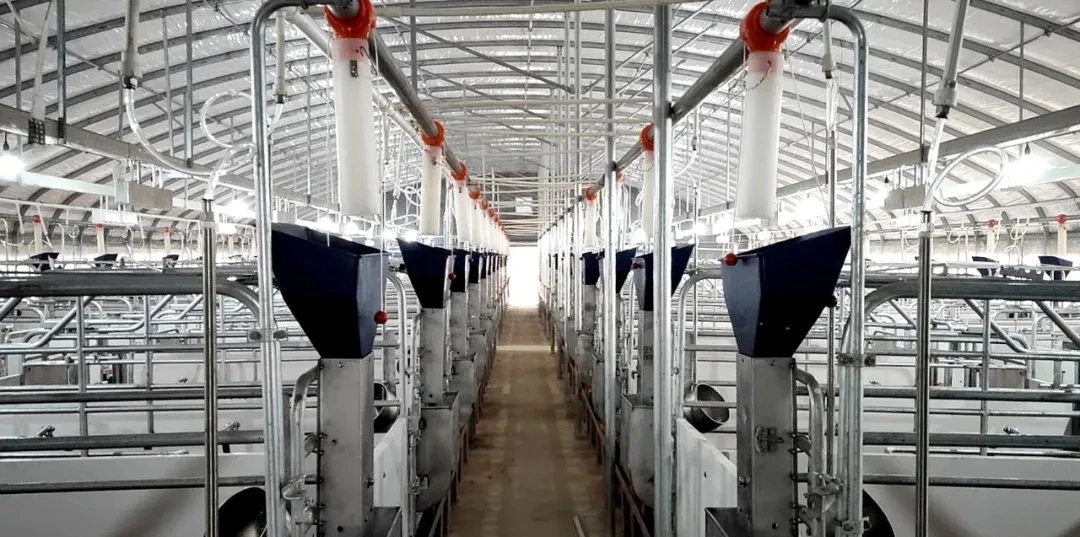h type poultry cage
Dec . 26, 2024 12:37 Back to list
h type poultry cage
Understanding H-Type Poultry Cages A Comprehensive Guide
Poultry farming has undergone significant transformation over the past few decades, primarily due to the rise in demand for poultry products. One of the essential innovations in this field is the evolution of poultry housing systems. Among various designs, H-type poultry cages have emerged as a popular choice, especially for layer and broiler production. This article explores the H-type poultry cage design, its advantages, and why it is an essential investment for modern poultry farming.
What is an H-Type Poultry Cage?
H-type poultry cages are characterized by their unique structure, resembling the letter H. These cages are typically designed to accommodate multiple birds in a vertical arrangement, allowing efficient use of space. The cages consist of several tiers or levels, each housing birds in an organized manner. This design significantly optimizes vertical space, making it suitable for farms with limited land area.
Advantages of H-Type Poultry Cages
1. Space Efficiency One of the primary benefits of H-type cages is their ability to maximize space. Efficient stacking of cages allows farmers to house a greater number of birds within the same footprint compared to traditional cage systems. This is particularly beneficial for urban and peri-urban farms where space is at a premium.
2. Improved Bird Welfare Contrary to misconceptions about caged systems, well-designed H-type cages can enhance bird welfare. The cages are equipped with features such as proper ventilation, adequate lighting, and space for movement, which contribute to the birds' overall health and well-being. Additionally, the design allows for easier monitoring of the flock, enabling early detection of health issues.
3. Enhanced Production Efficiency H-type poultry cages facilitate better management of feeding, watering, and egg collection systems. Automated systems can be integrated into the design, reducing labor costs and ensuring that birds receive consistent access to food and water. This efficiency translates into higher production rates and quality outputs.
4. Ease of Cleaning and Maintenance Maintaining hygiene is paramount in poultry farming to prevent diseases. H-type cages are designed for easy cleaning and maintenance, with removable trays and systems that allow for efficient waste management. This contributes to a healthier environment for the birds and lowers the risk of disease outbreaks.
h type poultry cage

5. Cost-Effectiveness While the initial investment for H-type cages may seem high, the long-term benefits and savings often outweigh the costs. With increased production rates, reduced mortality, and lowered labor needs, farmers often see a return on their investment within a short period.
Considerations When Choosing H-Type Cages
While H-type poultry cages offer numerous advantages, there are several factors to consider before making a purchase
- Quality and Durability Choose cages made from high-quality materials that can withstand the rigors of farming and provide long-lasting service.
- Ventilation and Temperature Control Ensure that the cage design allows for adequate airflow and temperature regulation, as these are critical for maintaining bird health.
- Integration with Technology Look for cages that are compatible with automated systems for feeding, watering, and monitoring, as these can greatly enhance operational efficiency.
- Compliance with Regulations It’s essential to check local regulations regarding poultry farming and ensure that the chosen cage design complies with welfare standards.
Conclusion
H-type poultry cages represent a significant advancement in poultry farming, combining space efficiency with improved bird welfare and production efficacy. As the global demand for poultry products continues to rise, investing in modern housing systems such as H-type cages can help farmers meet this demand while promoting sustainable and humane farming practices. By considering the advantages and factors outlined above, poultry farmers can make informed decisions that contribute to a successful and productive operation.
-
Hot Sale 24 & 18 Door Rabbit Cages - Premium Breeding Solutions
NewsJul.25,2025
-
Automatic Feeding Line System Pan Feeder Nipple Drinker - Anping County Yize Metal Products Co., Ltd.
NewsJul.21,2025
-
Automatic Feeding Line System Pan Feeder Nipple Drinker - Anping County Yize Metal Products Co., Ltd.
NewsJul.21,2025
-
Automatic Feeding Line System - Anping Yize | Precision & Nipple
NewsJul.21,2025
-
Automatic Feeding Line System - Anping Yize | Precision & Nipple
NewsJul.21,2025
-
Automatic Feeding Line System-Anping County Yize Metal Products Co., Ltd.|Efficient Feed Distribution&Customized Animal Farming Solutions
NewsJul.21,2025






